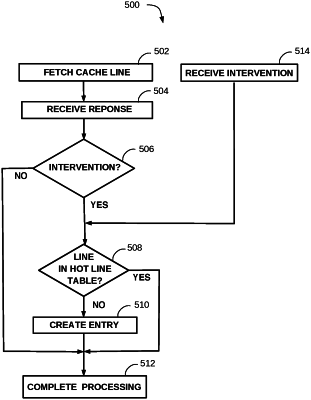| CPC G06F 12/0828 (2013.01) [G06F 12/0822 (2013.01); G06F 12/0833 (2013.01); G06F 12/0842 (2013.01); G06F 2212/1024 (2013.01)] | 20 Claims |

|
1. A method for managing data object contention in a computing system, the method comprising:
receiving an intervention notification associated with a first request to obtain a first copy of a first data object, the first request associated with a first computing application, among a plurality of computing applications included in the computing system;
recording, based at least in part on receiving the intervention notification, a first hot object status indicating that the first data object is a potential hot data object;
suppressing, based at least in part on the recorded first hot object status indicating that the first data object is a potential hot data object, an action associated with performing an operation associated with the first data object;
receiving the first request;
determining that the first request is associated with a read-only use of the first data object;
determining that a second computing application, among the plurality of computing applications, has the first copy of the first data object;
determining that a usage status of the first copy of the first data object comprises a read-only status, and demoting the usage status from read/write status to the read-only status; and
communicating, based at least in part on the first request associated with the read-only use of the first copy of the first data object and the first copy of the first data object having the read-only status, a notification that the first request did not cause an intervention associated with the first copy of the first data object.
|